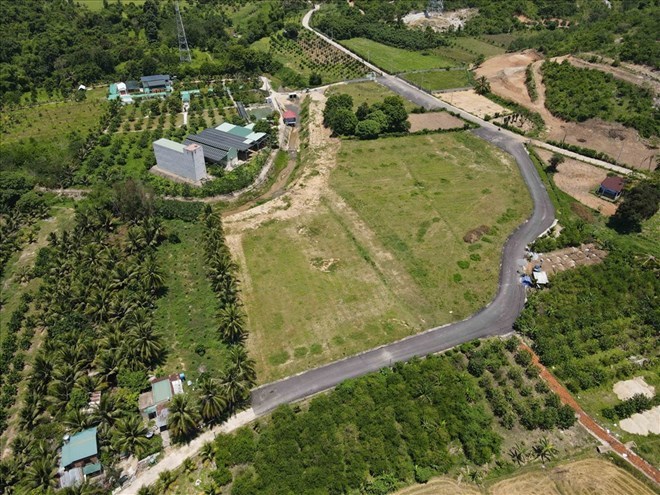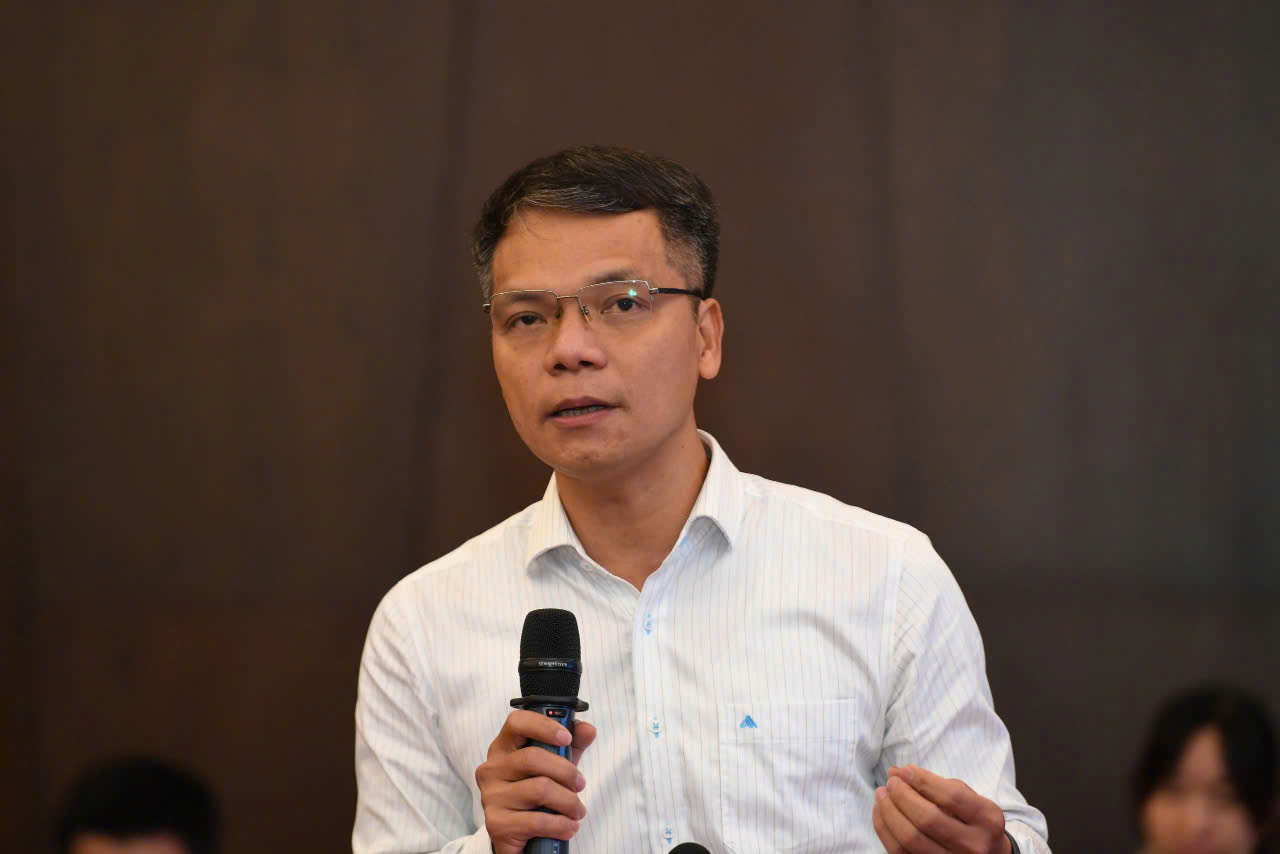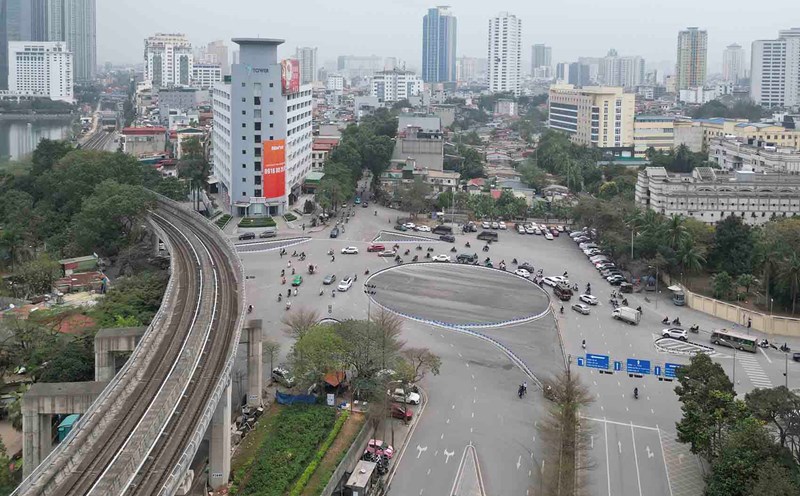In the draft submission to the Government, the Ministry of Finance submitted to the Government 2 options to approve the draft amendment to Decree 103 on land use fees and land tax. In addition to the option of maintaining the current regulations, which is to pay the entire difference between residential land prices and agricultural land prices according to the new price list, the Ministry of Finance also proposed to apply a mechanism for calculating a percentage.
In cases of converting land into gardens and ponds located in the same plot of land with houses or adjacent to houses but having been separated by technical factors before 2004, the Ministry of Finance proposed to collect land use fees at a rate of 30-50% instead of the entire difference. The collection rate is 30% of the difference between residential land prices and agricultural land if the area is within the residential land allocation limit. If the limit is exceeded, the difference that people must pay will be calculated at 50%.

This proposal has received much attention because there have been cases where households and individuals have to pay land use fees many times higher than before when the State allowed them to change the land use purpose from agricultural land to residential land. Specifically, in Nghe An, the family of Ms. Nguyen Thi Hong, Hung Loc ward, Vinh city (Nghe An) was informed to pay VND4.497 billion to convert 300m2 of garden land to residential land. According to the reporter of Lao Dong Newspaper, some other households in Nghe An also reported feeling dizzy when receiving a notice from the tax authority about the amount of money to pay when converting from garden land to residential land according to the new price list.
In an interview with Lao Dong, Lawyer Pham Thanh Tuan, Hanoi Bar Association, real estate legal expert, said that the proposed level of the Ministry of Finance helps reduce the burden of financial obligations of people, especially during the period when localities are adjusting the land price list in an upward direction.

However, according to Lawyer Pham Thanh Tuan, collecting a common fee of 30-50% between localities will also create inadequacies because the adjustment of land prices between localities has a huge difference.
"The land price list in localities is having different increases, such as Ho Chi Minh City has areas increasing by more than 30 times while some localities have lower increases, so applying a common percentage will make people in places with high increases more disadvantaged.
Therefore, in my opinion, the regulation of the level and rate of payment when converting agricultural land to residential land should be assigned to each locality to regulate to ensure the rights and interests of the people. Especially in the context of strong decentralization to localities, each locality should study and issue regulations based on the increase rate, fluctuations in the land price list and the current situation and purpose of land use conversion", Lawyer Pham Thanh Tuan stated his opinion.
Meanwhile, Prof. Dr. Dang Hung Vo - former Deputy Minister of Natural Resources and Environment (now the Ministry of Agriculture and Environment) also said that if the percentage calculation mechanism is applied, there needs to be the participation of local authorities to clearly determine the purpose of land use conversion. Because if the purpose of conversion is to live in, it will help reduce the economic burden on the people and vice versa, if there is a commercial purpose, it will be an inadequate problem.
Regarding the reality that land users when converting land use purposes have to pay high land use fees, Mr. Mai Van Phan - Deputy Director of the Department of Land Management (Ministry of Agriculture and Environment) said that the Ministry has studied and will discuss with the Ministry of Finance to ensure harmonious land prices. Mr. Phan also said that it is necessary to determine the subjects, land types and land prices that will be associated with the real estate market, in the spirit of the Land Law.








